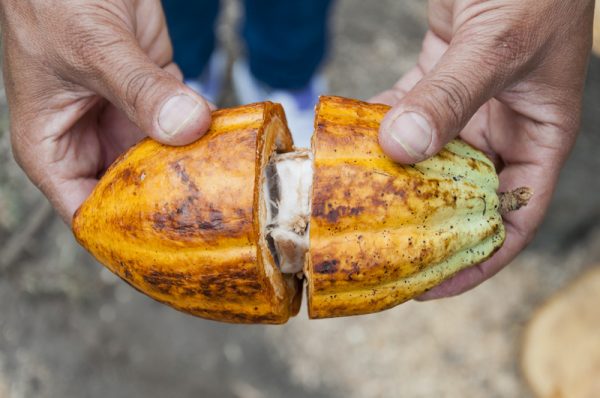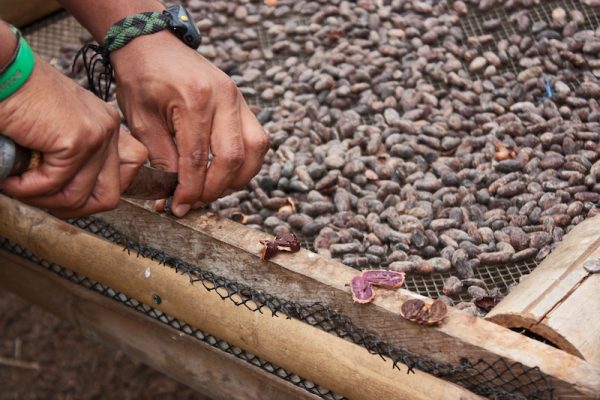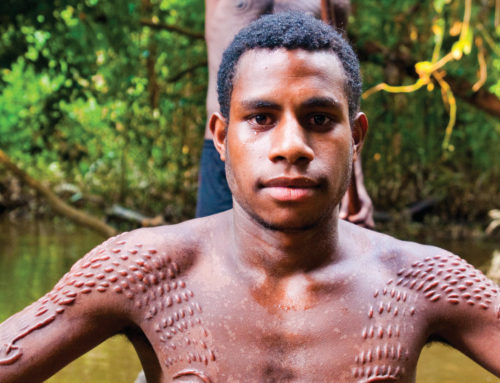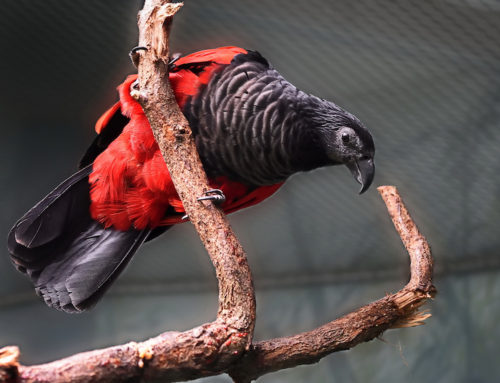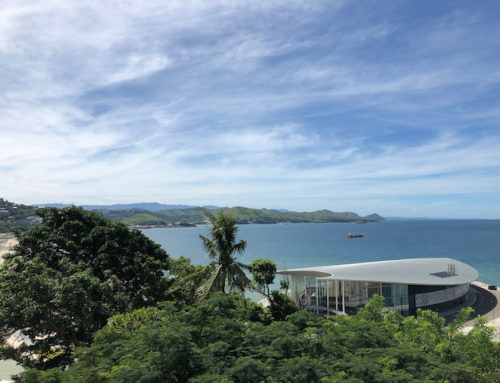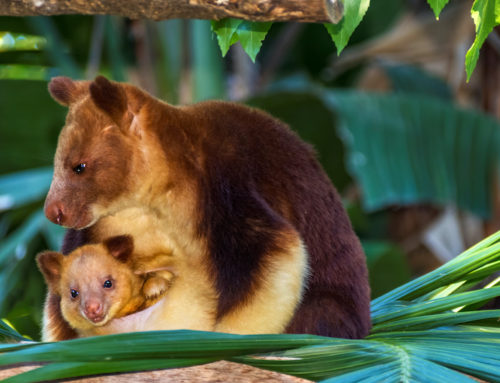Discovering Papua New Guinea’s cacao beans
Thursday, 15 October 2020
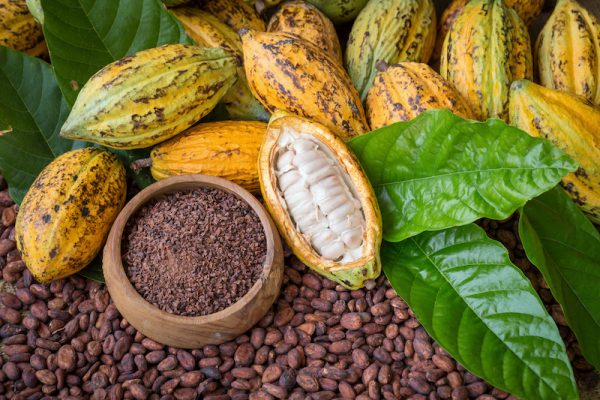
Home to some of the world’s finest cacao, Papuan New Guinea exports its produce all over the world, supplying the globe’s leading chocolate makers in the process.
From major international brands like Cadbury to small-scale Belgian chocolatiers, Papua New Guinea’s cacao beans are sought after by chocolate makers for their rich premium flavour and complex aromas.
Naturally suited to cacao
With its hot and humid climate, Papua New Guinea is naturally suited to growing cacao, but interestingly the plant is not native to PNG.
The first cacao was introduced by German settlers around 1900. Now Cacao is produced in 14 of the country’s 22 provinces, with East Sepik, Bougainville, Madang, East New Britain, Morobe, West New Britain and New Ireland being the major producers.
Each year PNG produces more than 40,000 tons of cacao, accounting for around one per cent of the world’s cacao supply.
The majority of this (90 per cent) is produced by subsistence farmers, with the remainder grown on plantations.
In the process, cacao supports around 151,000 families equating to about two million people across the country.
The finest chocolate in the world
Papua New Guinea’s owes its reputation as a producer of fine cacao to the type of cacao plants found here.
On the global market, there are generally considered to be two broad categories of beans – bulk beans and fine ‘flavour’ beans.
The beans used for fine cacao are produced from Criollo or Trinitario cacao-tree varieties, while bulk beans come from Forastero trees.
PNG’s Morobe Province is responsible for producing some of the finest cacao beans from a plantation of rare heirloom Trinitario beans that were brought in by German colonists from Samoa in the early 20th Century.
Much like a fine wine, these special beans are renowned for having a deep complexity of flavour, bursting with fruitiness and a delicate aroma.
But it’s not just the type of bean that defines its flavour, the position of the trees and farming practices also play a role.
The production process
As an annual cop, Papua New Guinea’s cacao beans are harvested between April and July, depending on the region.
They are then dried prior to export. Traditionally, Papua New Guinea famers dried their beans by smoking them in a bid to combat the high humidity, however this results in a slightly smoky flavour. These days, there is an increasing shift towards sun drying so as not to interfere with the beans’ natural flavour.
A bright future ahead
With the world’s appetite for fine chocolate increasing, Papua New Guinea has identified great future potential in the country’ production of cacao.
In fact, statistics indicate global consumption of cocoa is increasing by 17 per cent per annum, with much of this being driven by emerging markets like Brazil, China and India where consumption of chocolate between 2010 and 2015 increased by 99 per cent, 132 per cent and 245 per cent, respectively.
Papua New Guinea is hoping to tap into this increased demand with a focus on three key areas:
- Nursery Program,
- Freight Subsidy Program and
- Cocoa Quality and Market Promotion Program
Ultimately the aim is to deliver the world’s finest cacao to even more corners of the globe while increasing the national export economy and improving the lives of the farmers producing Papua New Guinea’s cacao.
About Paga Hill Estate
Paga Hill Estate is a world-class, master-planned estate in the heart of Port Moresby, Papua New Guinea. The waterfront site is the first comprehensively planned multi-use development in Papua New Guinea to be enjoyed by both residents and visitors alike.
The all-inclusive development will include vibrant public spaces and waterfront promenade, luxury hotels, residential apartments, restaurants, retail, commercial space, a Trade, Exhibition & Cultural Centre, restoration of WWII relics, marina precinct and a nearby international cruise liner terminal.

